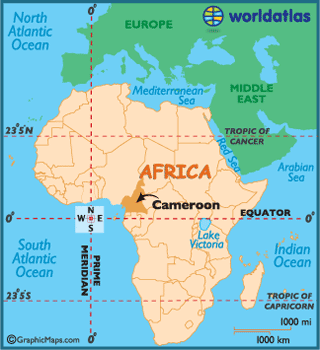Originally posted by xyyman:
3. In other words. These Sudanese Sahara region Great Lakes people seems to be the source of ALL the world's population. ALL REGIONAL SPECIFIC SNPs are found there!!!!! This is s strong indication of the source. Ie ORIGIN.

![[Confused]](confused.gif)
![[Big Grin]](biggrin.gif)










![[Eek!]](eek.gif)





![[Smile]](smile.gif) , than with Europe or coastal North Africa. The study mentions ancient European MtDNA from Iberia. When biologists talk about Europoean MtDNA in North Africa they talk about the MtDNA H, U and V haplogroups (and derived hg).
, than with Europe or coastal North Africa. The study mentions ancient European MtDNA from Iberia. When biologists talk about Europoean MtDNA in North Africa they talk about the MtDNA H, U and V haplogroups (and derived hg). 

![[Roll Eyes]](rolleyes.gif)





